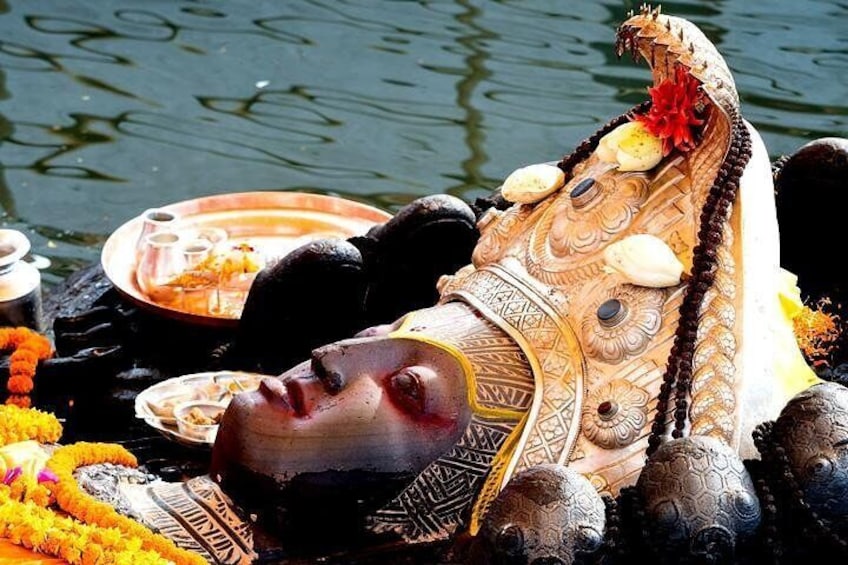In a world of modern culinary trends and fusion cuisine, there is something truly special about preserving traditional cooking techniques and practices. Goa, a coastal paradise in India, is a place where traditions run deep, and the same applies to its culinary heritage. Traditional Goan cooking techniques and practices have been passed down through generations, keeping alive the authentic flavors and cultural heritage of the region.
 |
| https://chapalinews.blogspot.com/ |
One of the key aspects of traditional Goan cooking is the use of clay pots and earthenware. Clay pots are believed to enhance the flavors of the food, allowing it to cook slowly and retain its natural moisture. The porous nature of clay also helps in the even distribution of heat, resulting in tender and succulent dishes. From slow-cooked curries to aromatic rice preparations, clay pots play an integral role in Goan kitchens, adding a unique touch to the cooking process.
Another traditional technique widely used in Goan cooking is the art of marinating. Marination is an essential step in preparing many Goan dishes, especially those featuring seafood and meat. Goan cuisine is known for its bold flavors, and marinating is the key to achieving that depth of taste. The combination of spices, vinegar, and other ingredients not only infuses the protein with flavors but also helps to tenderize and preserve it. The marinated meat or seafood is then cooked to perfection, resulting in a delectable and aromatic dish.
Drying and preserving ingredients is yet another important aspect of traditional Goan cooking. The region's tropical climate allows for the natural sun-drying of various ingredients like fish, shrimp, and spices. The dried ingredients are then used to add depth and flavor to dishes. For instance, dried shrimp is commonly used in Goan curries, lending a unique umami taste. Preserving techniques like pickling, fermenting, and sun-drying have been practiced for generations, ensuring that the flavors of Goan cuisine are celebrated year-round.
Traditional Goan cooking also involves the skillful blending of spices and masalas. Each dish has its own unique spice mix or masala, carefully prepared by grinding together a variety of spices like coriander seeds, cumin, turmeric, and dried red chilies. The combination of spices creates the distinct flavors that define Goan cuisine. The masalas are often prepared in small batches to maintain their freshness and potency, and they serve as the foundation of many Goan delicacies.
Cooking over open flames is a traditional technique that is still prevalent in Goan households. Whether it's grilling fish on an open fire or slow-cooking curries on a traditional clay stove called a "chulha," the use of fire imparts a unique smokiness and charred flavor to the dishes. This age-old method of cooking adds depth and complexity to the flavors, creating a truly authentic culinary experience.
Preserving traditional Goan cooking techniques and practices is not just about honoring the past, but also about celebrating the rich cultural heritage and flavors that define the region. These techniques connect us to the roots of Goan cuisine and offer a glimpse into the traditions and values that have shaped the culinary landscape over time.
By embracing traditional cooking techniques and practices, we not only preserve the flavors of the past but also ensure that they continue to be cherished by future generations. So, the next time you savor a traditional Goan dish, take a moment to appreciate the craftsmanship and knowledge that goes into its preparation. Let the flavors transport you to a bygone era, where time-honored techniques and practices create culinary masterpieces that stand the test of time.



No comments:
Post a Comment
Thank u very much for your valueable comment.